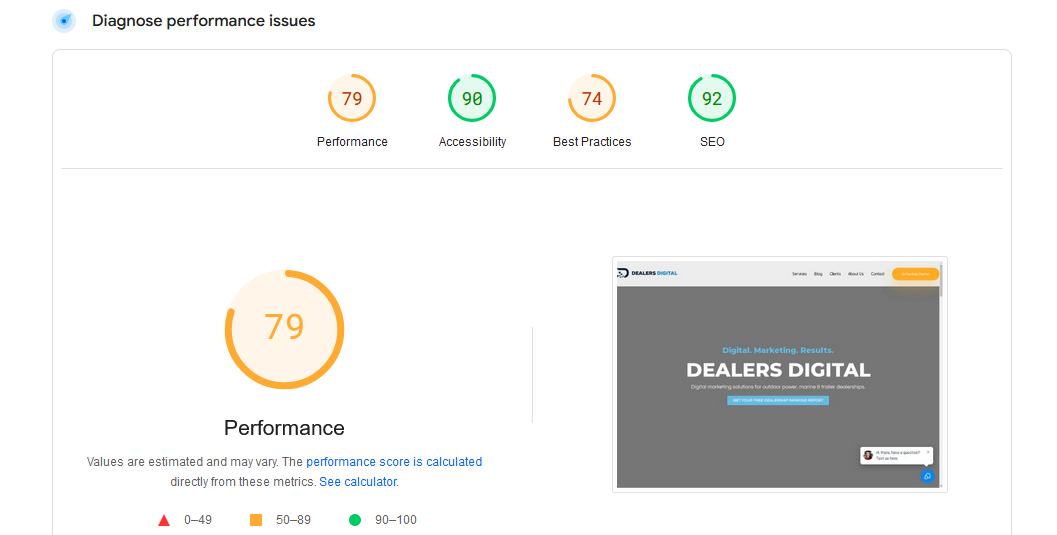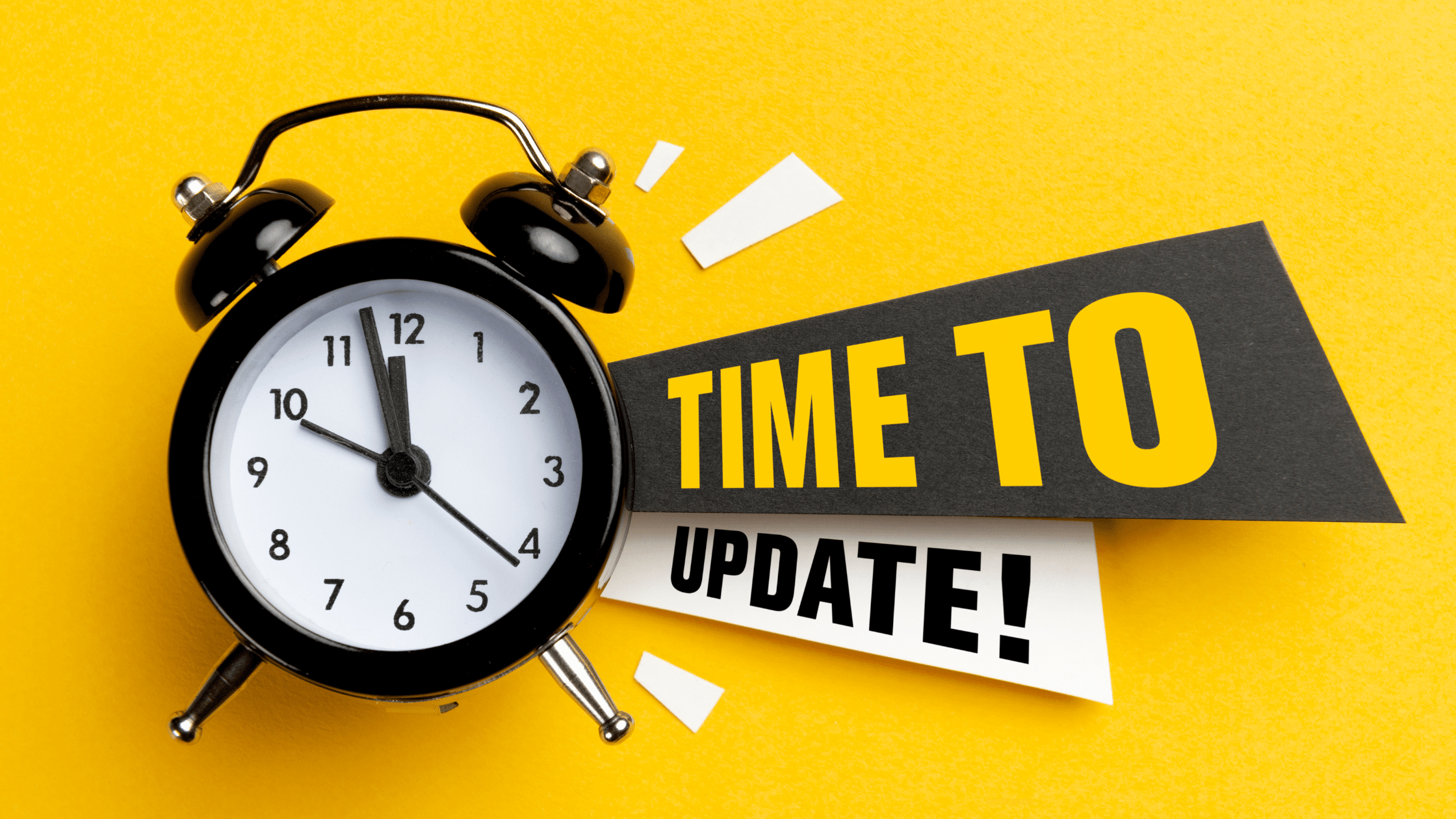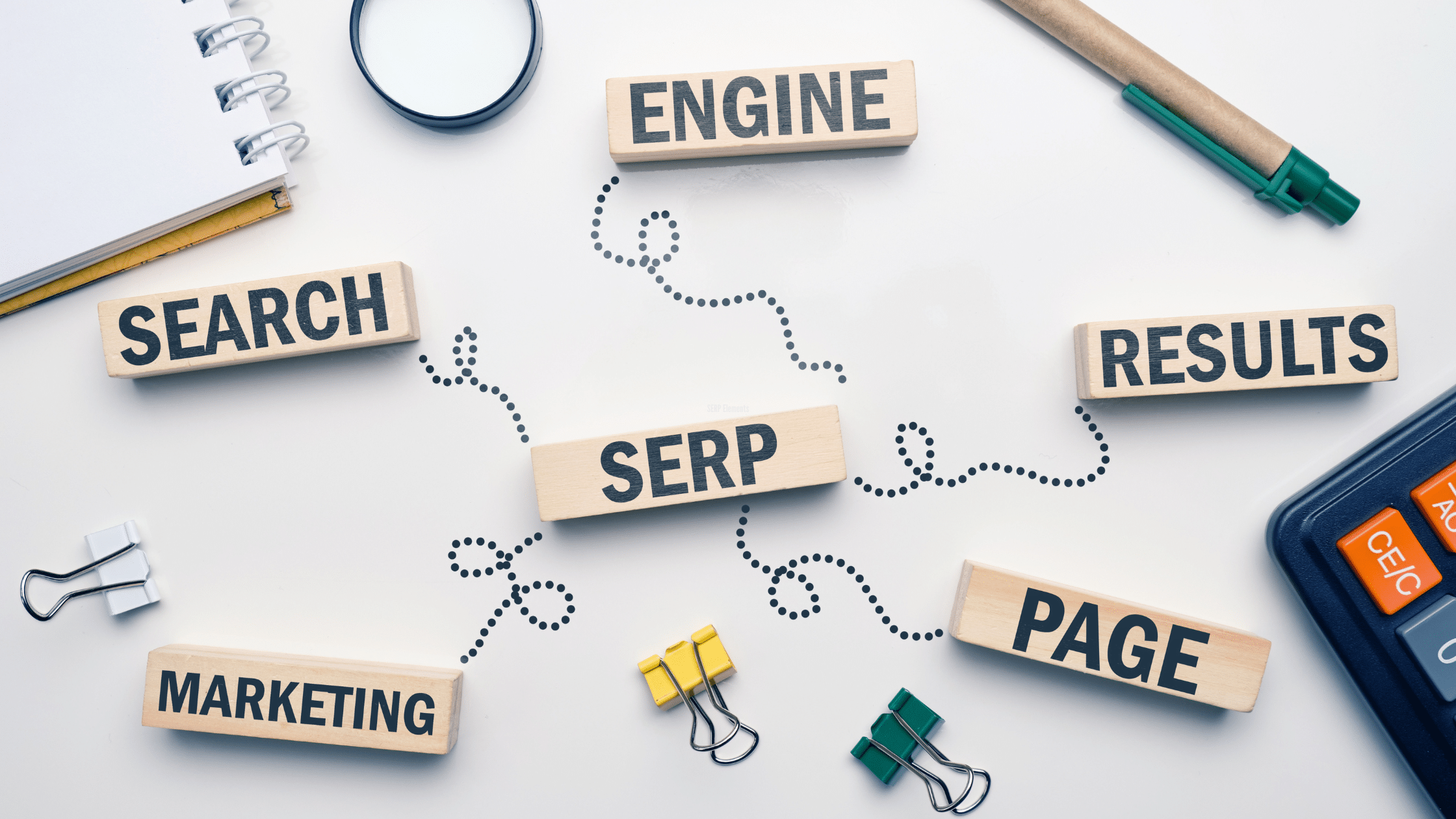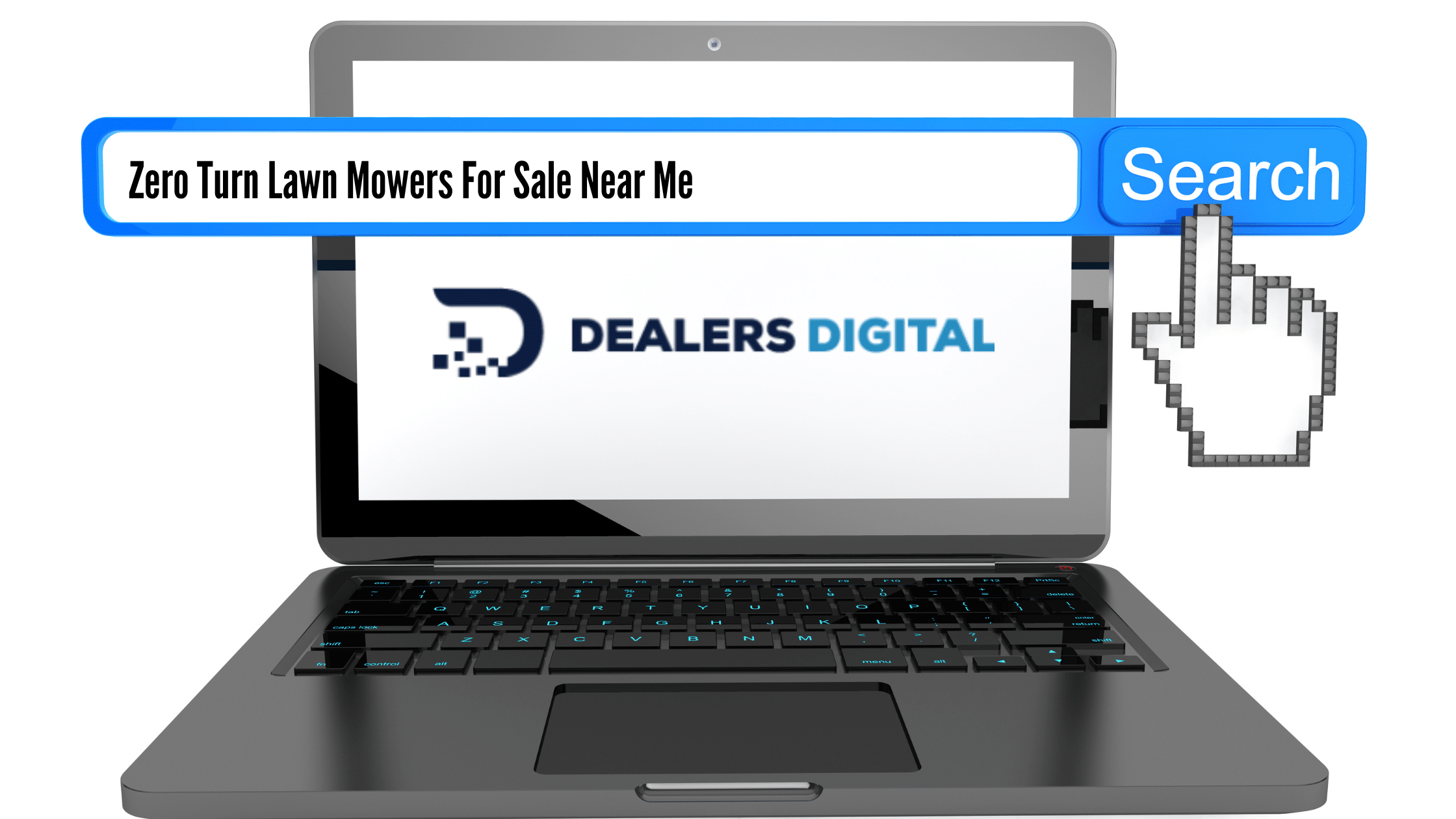If you own a lawn mower or tractor dealership, having a strong online presence is no longer optional—it’s essential. Today, most customers begin their search for outdoor power equipment online, and if your dealership isn’t ranking well on search engines like Google, you’re missing out on valuable leads and sales. That’s where SEO (Search Engine Optimization) comes in. A well-executed SEO strategy helps your dealership appear at the top of search results, making it easier for potential buyers to find you before they find your competitors.
However, the world of SEO is full of outdated advice and misconceptions that can actually hurt your online visibility rather than improve it. Believing in these myths can lead to missed opportunities, wasted marketing efforts, and lower search rankings—all of which can negatively impact your bottom line.
In this blog, we’ll debunk some of the most common SEO myths that might be holding your dealership back. By understanding what truly works (and what doesn’t), you can optimize your website, improve your search rankings, and drive more qualified leads to your business. Let’s separate fact from fiction and ensure your dealership’s SEO strategy is working in your favor!
SEO Myth #1 – SEO is a One-Time Effort
Many dealership owners believe that once their website is optimized for search engines, the job is done. Unfortunately, that couldn’t be further from the truth.
Reality: SEO is an Ongoing Process
SEO isn’t something you can set and forget. Search engines like Google frequently update their algorithms to deliver the best results to users. What worked a year ago—or even a few months ago—might not be as effective today. Additionally, your competitors are constantly improving their SEO strategies, meaning you need to keep up if you want to stay ahead.
Why This Hurts Your Dealership
If you treat SEO as a one-time task, your website will eventually lose traction. As search trends evolve and algorithms shift, outdated content and neglected websites start to drop in rankings. This means fewer potential customers finding your dealership online, leading to missed sales opportunities.
What to Do Instead
To maintain and improve your search rankings, make SEO an ongoing priority:
✅ Regularly update your website with fresh content, such as blog posts, product pages, and service descriptions.
✅ Monitor analytics to track website performance and identify areas for improvement.
✅ Adapt to new SEO trends by keeping an eye on Google updates, optimizing for local search, and improving mobile-friendliness.
By treating SEO as a continuous effort, your dealership can stay competitive, attract more leads, and ensure long-term success online.
SEO Myth #2 – More Keywords = Better Rankings
It’s a common belief that stuffing as many keywords as possible into a webpage will boost search rankings. After all, if search engines prioritize relevant keywords, then more must be better—right? Not exactly.
Reality: Keyword Stuffing Can Lead to Penalties
While keywords are essential for SEO, overusing them—known as “keyword stuffing”—can actually backfire. Google’s algorithms are designed to prioritize high-quality, user-friendly content. If your website is overloaded with repetitive keywords in an unnatural way, it can trigger a penalty, causing your rankings to drop rather than rise.
Why This Hurts Your Dealership
Keyword-stuffed content is often difficult to read and sounds unnatural to potential customers. If visitors land on your website and find awkward, repetitive phrases like “best lawn mower dealer lawn mower dealer near me,” they’re more likely to leave without taking action. Low engagement, high bounce rates, and a poor user experience can signal to search engines that your website isn’t valuable—ultimately hurting your SEO efforts.
What to Do Instead
✅ Use Keywords Naturally – Incorporate keywords where they make sense, blending them seamlessly into your content.
✅ Prioritize User Experience – Write for people first, not just search engines. If your content is engaging and informative, search engines will reward it.
✅ Use Keyword Variations – Instead of repeating the same phrase, use synonyms and related terms. For example, mix in “tractor dealership,” “outdoor power equipment dealer,” and “lawn mower sales” to improve relevance without overstuffing.
✅ Focus on Quality Content – Create blog posts, service pages, and product descriptions that provide real value to your audience. The better the content, the higher the chances of ranking well.
By shifting your focus from keyword quantity to content quality, your dealership can improve search visibility, attract more potential buyers, and build trust with customers.
SEO Myth #3 – Google Business Profile Optimization Isn’t Necessary
Some dealerships believe that having a website is enough for local SEO, and their Google Business Profile (GBP) doesn’t need much attention. However, neglecting your GBP listing can cause your dealership to miss out on valuable local search traffic.
Reality: A Well-Optimized Google Business Profile is Essential for Local SEO
Your Google Business Profile is often the first thing potential customers see when searching for lawn mower and tractor dealerships in their area. Google prioritizes well-maintained GBP listings in local search results, meaning an incomplete or outdated profile could push your dealership lower in rankings.
Why This Hurts Your Dealership
When your GBP isn’t fully optimized, customers may struggle to find accurate information about your dealership. An incomplete profile can lead to:
❌ Lower visibility in local searches
❌ Fewer website visits and calls
❌ Missed opportunities to showcase products, services, and promotions
❌ Loss of trust if hours, location, or contact details are incorrect
What to Do Instead
✅ Keep Business Information Up to Date – Ensure your dealership’s name, address, hours, and contact details are always accurate.
✅ Encourage Customer Reviews – Positive reviews boost credibility and influence potential buyers. Responding to reviews—both positive and negative—also signals to Google that your business is active.
✅ Regularly Post Updates – Use GBP posts to highlight promotions, new inventory, seasonal services, and events to engage with customers and improve local search rankings.
✅ Add High-Quality Photos – Images of your showroom, equipment, and team help customers connect with your dealership and increase engagement.
A well-optimized Google Business Profile helps your dealership stand out in local searches, attract more leads, and convert more customers. Don’t miss out on one of the easiest ways to improve your local SEO!
SEO Myth #4 – Backlinks Don’t Matter Anymore
Some dealerships believe that backlinks—links from other websites pointing to yours—are no longer relevant for SEO. While Google’s algorithms have evolved, backlinks are still one of the most important ranking factors. Ignoring them can limit your dealership’s online growth and visibility.
Reality: High-Quality Backlinks Remain a Key Ranking Factor
Google views backlinks as a vote of confidence from other websites. The more reputable sites that link to your dealership’s website, the more authority and trust Google assigns to it. Strong backlinks signal that your website is valuable and relevant, helping you rank higher in search results.
Why This Hurts Your Dealership
If you ignore backlinks, you’re missing out on:
❌ Increased domain authority that helps your site rank higher
❌ More organic traffic from referral sources
❌ Greater credibility in the eyes of both search engines and potential customers
Without backlinks, your competitors who actively build their link profiles may outrank you, leading to fewer website visits and potential sales.
What to Do Instead
✅ Earn Industry-Relevant Backlinks – Reach out to local business directories, lawn mower and tractor manufacturer websites, and industry blogs to get listed.
✅ Leverage Partnerships – If you work with specific brands or suppliers, ask if they can link to your dealership’s site from their dealer locator pages.
✅ Guest Post on Relevant Websites – Writing articles for industry-related blogs or local business websites can help establish authority and earn valuable backlinks.
✅ Create Shareable Content – High-quality blog posts, how-to guides, and customer success stories are more likely to get linked to by other websites.
A strong backlink strategy builds trust, improves search rankings, and brings more potential customers to your dealership’s website. Don’t overlook this powerful SEO tool!
SEO Myth #5 – More Website Pages = Better Rankings
SEO Myth #6 – Social Media Doesn’t Impact SEO
Some dealerships believe that social media has no role in their SEO strategy since platforms like Facebook and Instagram don’t directly influence search engine rankings. While it’s true that social media signals aren’t a direct ranking factor, ignoring social media can mean missing out on valuable opportunities to drive traffic and increase brand awareness—both of which indirectly impact SEO.
Reality: Social Media Supports SEO Efforts
Although search engines don’t use social media likes, shares, or followers as ranking factors, an active social media presence helps amplify your dealership’s content, increase website visits, and improve brand recognition—all of which contribute to better SEO performance.
Why This Hurts Your Dealership
❌ Missed Traffic Opportunities – Social media is a powerful tool for directing potential customers to your website.
❌ Reduced Brand Visibility – Dealerships without a social presence are less likely to be found online.
❌ Weaker Engagement Signals – Content that gets shared and discussed on social media can generate backlinks and improve brand authority.
What to Do Instead
✅ Share Content Regularly – Post blog articles, promotions, and dealership updates on social media to drive traffic back to your website.
✅ Engage with Your Audience – Respond to comments, answer questions, and build relationships to encourage more interactions.
✅ Encourage Social Sharing – Make it easy for website visitors to share your content by adding social sharing buttons.
✅ Leverage Local Social Media Strategies – Engage with local customers through geo-targeted ads, community events, and location-specific posts.
By maintaining an active social media presence, your dealership can boost online visibility, drive more traffic to your site, and improve brand authority—all of which contribute to better SEO results in the long run.
SEO Myth #7 – Paid Ads Help Improve Organic Rankings
Many dealerships assume that running Google Ads or Facebook Ads will automatically improve their organic search rankings. While paid advertising is an excellent way to drive immediate traffic and generate leads, it does not directly impact organic SEO rankings. Google Ads and SEO operate separately, and paying for ads won’t push your dealership’s website higher in organic search results.
Reality: Google Ads and SEO Are Separate
Google has made it clear that running paid advertisements does not influence a website’s organic ranking. While ads can put your dealership in front of potential customers quickly, they do not contribute to your website’s long-term SEO authority.
Why This Hurts Your Dealership
❌ Short-Term Focus – Relying only on ads means your traffic disappears as soon as you stop spending.
❌ Missed Organic Growth – Without SEO, your dealership may struggle to rank for important search terms.
❌ Higher Costs Over Time – Paid ads require continuous investment, while SEO provides long-term, cost-effective results.
What to Do Instead
✅ Balance Paid and Organic Strategies – Use paid ads for immediate visibility, but invest in SEO for sustained traffic.
✅ Optimize Your Website for SEO – Improve site speed, mobile-friendliness, and keyword optimization to enhance organic rankings.
✅ Create Valuable Content – Blog posts, product pages, and FAQs help build long-term search visibility.
✅ Leverage Local SEO – Optimize your Google Business Profile and build local citations to capture more organic search traffic.
A strong digital marketing strategy includes both paid advertising and SEO. While ads provide quick results, SEO ensures your dealership maintains a steady flow of organic traffic and leads for long-term success.
Is Your Dealership Falling For These SEO Myths?
Many dealerships unknowingly follow outdated SEO practices that can hurt their online visibility. Believing that SEO is a one-time effort, stuffing keywords, ignoring Google Business Profile optimization, or relying solely on paid ads can all limit your dealership’s ability to attract and convert leads.
To stay ahead of competitors, it’s crucial to focus on sustainable SEO strategies—regularly updating content, optimizing local search presence, earning quality backlinks, and balancing paid ads with organic efforts.
Not sure if your dealership’s SEO strategy is on the right track? We can help! Contact us today for a free SEO evaluation and discover opportunities to improve your rankings, increase website traffic, and drive more leads to your business.












